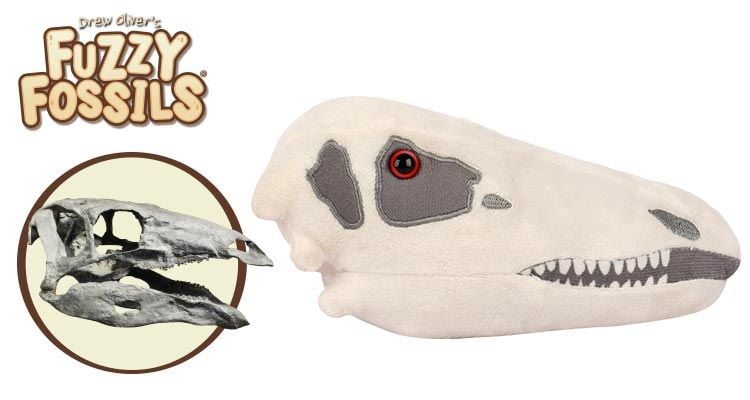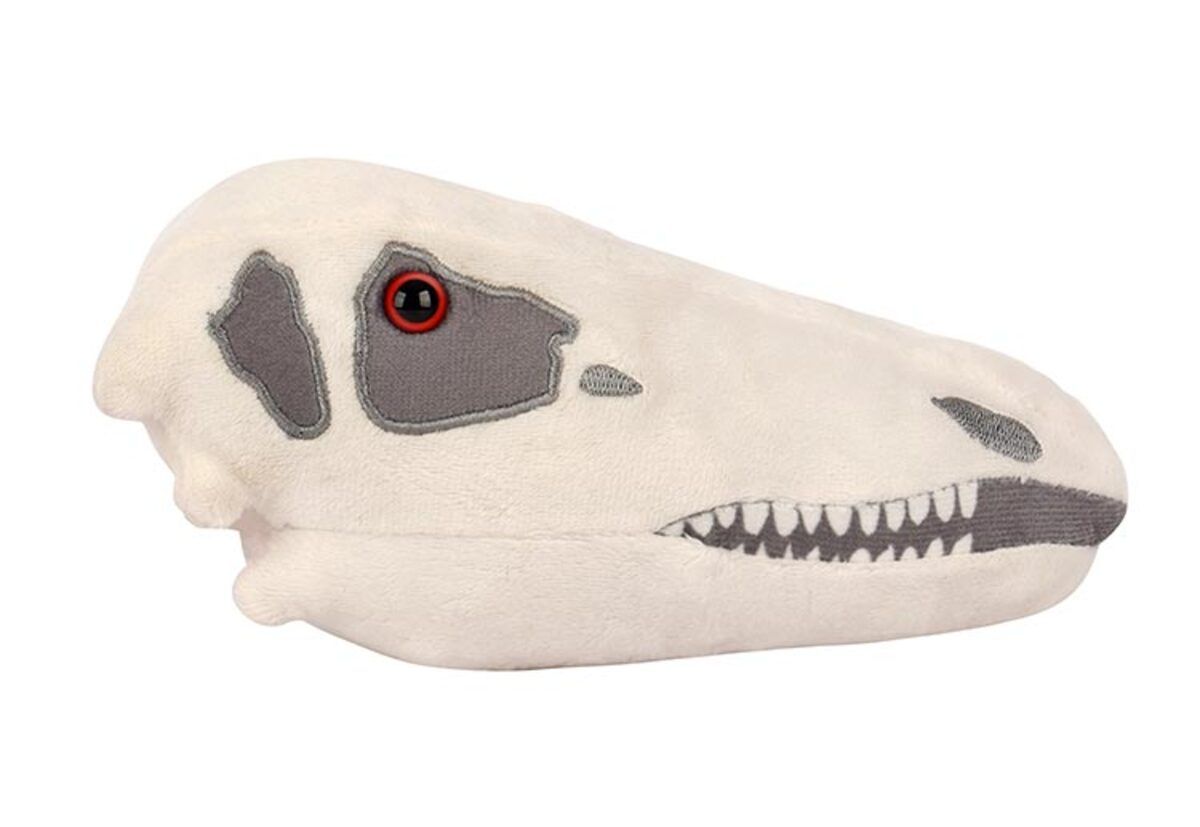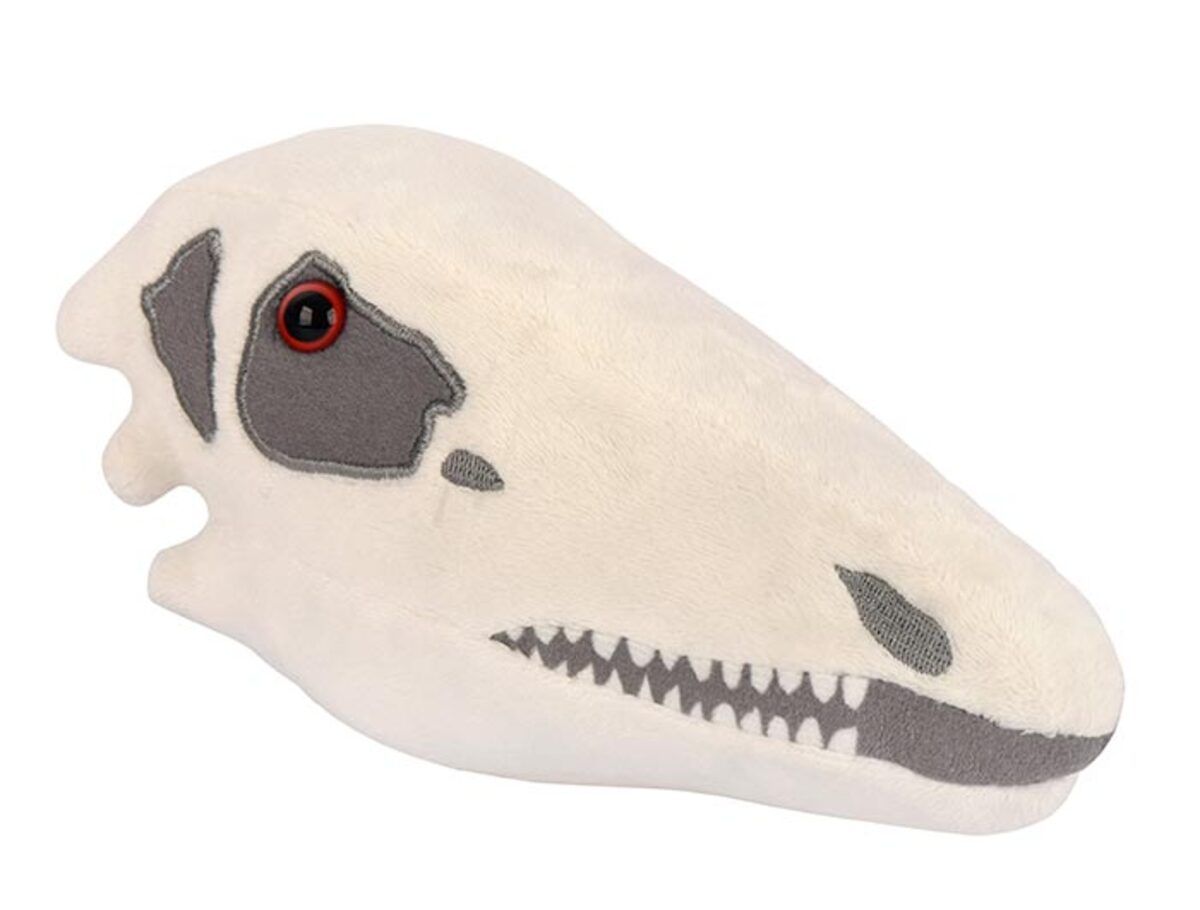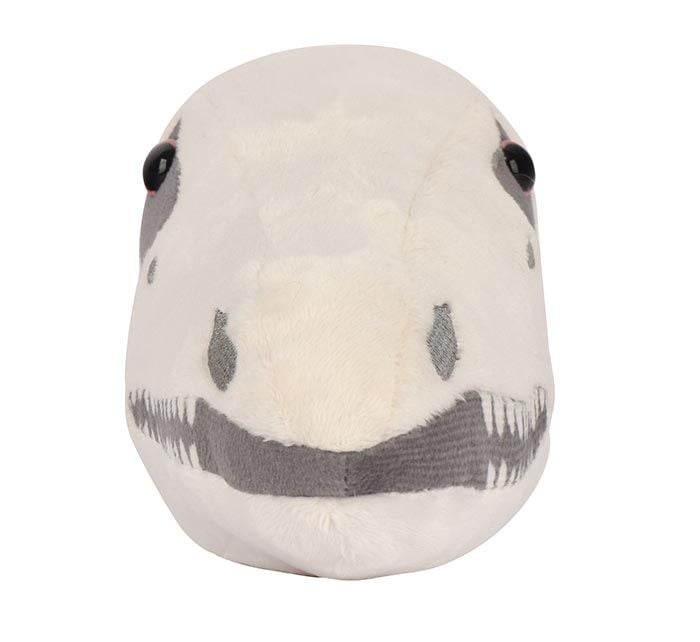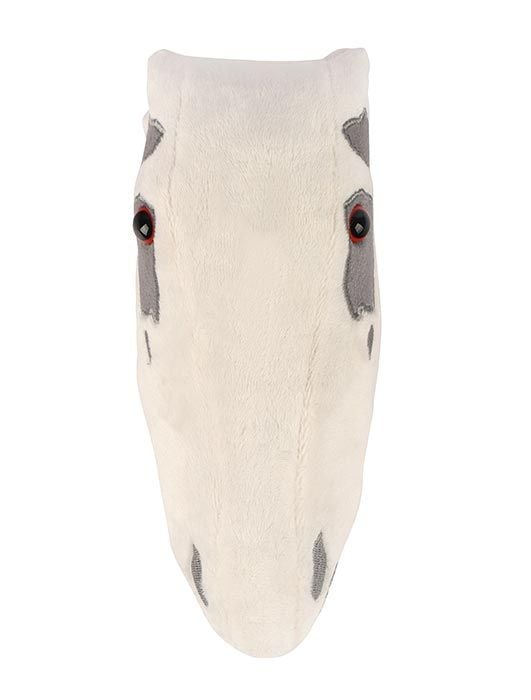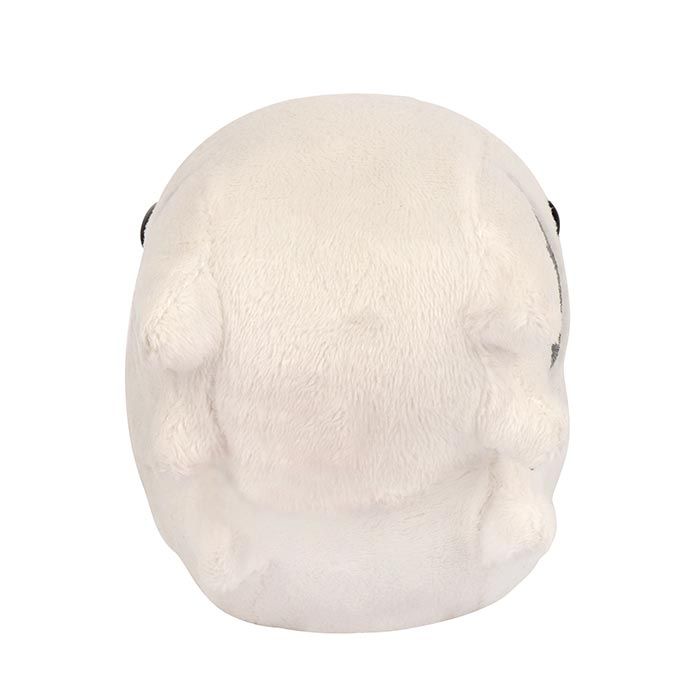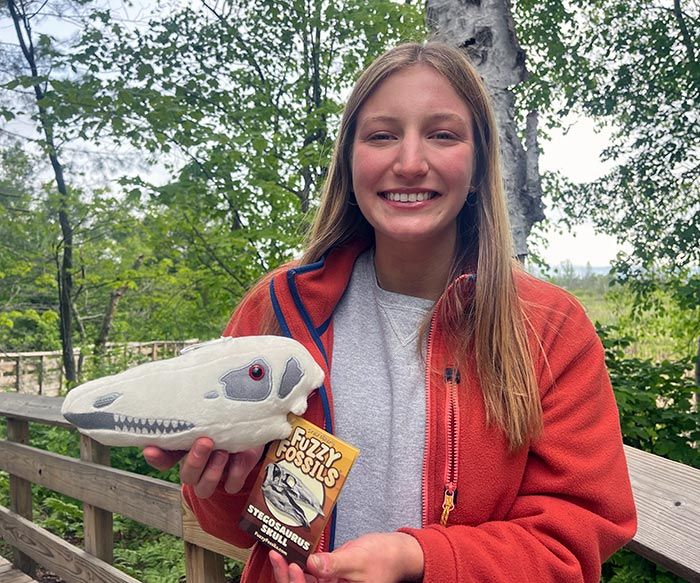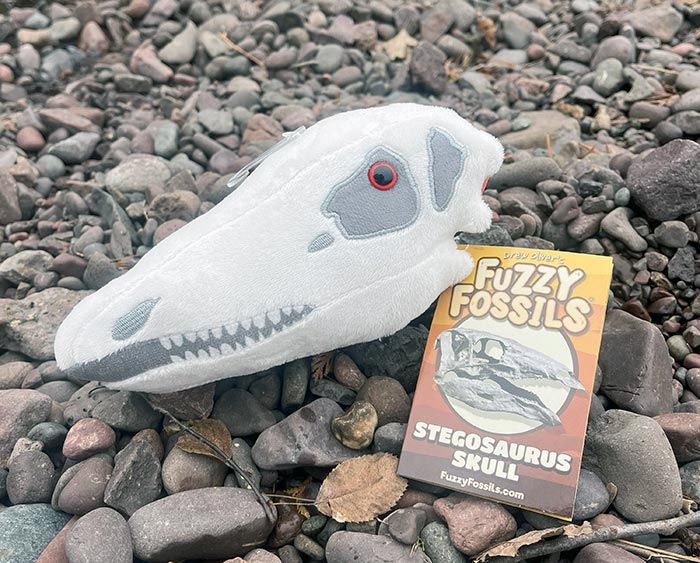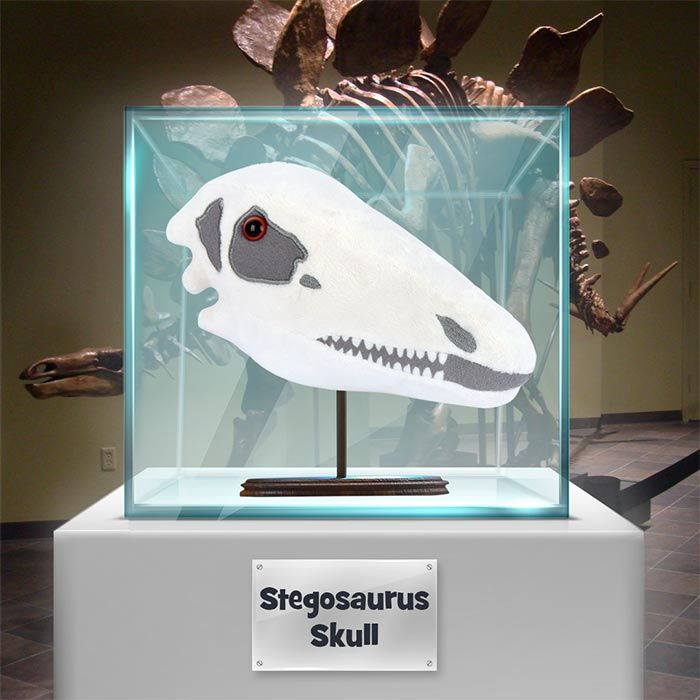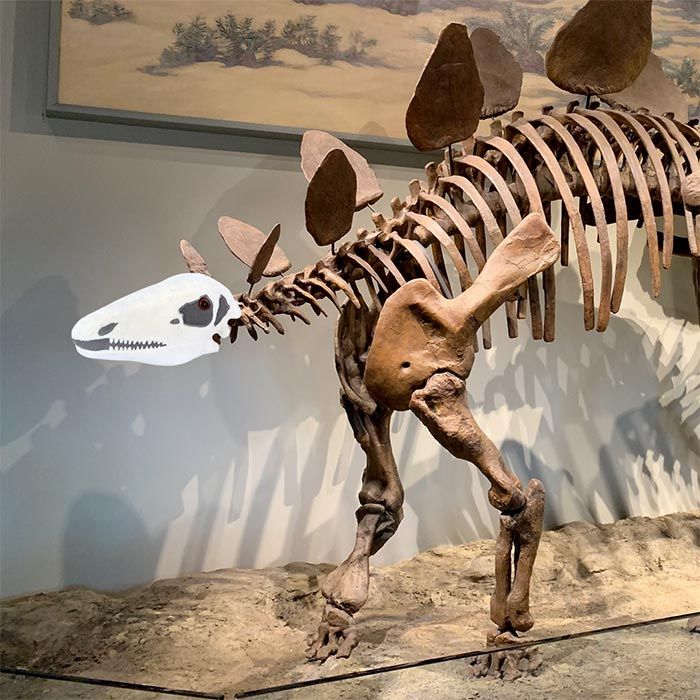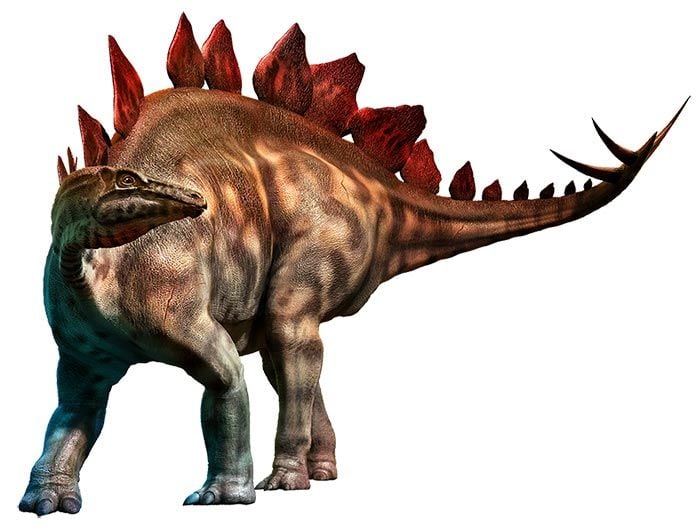Stegosaurus Skull
Introducing a NEW brand from GIANTmicrobes - Fuzzy Fossils!
Stegosaurus lived 150 million years ago during the Jurassic period, 90 million years before T. rex. It was 30-feet long and weighed over 2 tons. When fossil hunters discovered stegosaurus in the 1870s, it revolutionized our understanding of prehistoric reptiles and gave birth to a global fascination with dinosaurs.
Size: 18 x 10 x 8cm
Product Details
Additional Information
| Sizes | Giantmicrobes are based on actual microbes, cells, organisms and other critters, only 1,000,000 times actual size! Gigantic (GG) 40-60cm XL (XL) 25-38cm Original (PD) 12-20cm Minis (MM) 5-10cm each Keychain (KC) 5-10cm with clip |
|---|---|
| Materials | Plush from all new materials. Stuffed with polyester fiber fill. Surface washable: sponge with water & soap, air dry. |
| Packaging | Each plush microbe includes a printed card with fun, educational and fascinating facts about the actual microbe or cell. |
| Safety | Every product meets or exceeds U.S. and European standards for safety. For ages 3 and up. |
All about Stegosaurus Skull

Stegosaurus lived 150 million years ago during the Jurassic period, 90 million years before T. rex. It was 30-feet long and weighed over 2 tons. When fossil hunters discovered stegosaurus in the 1870s, it revolutionized our understanding of prehistoric reptiles and gave birth to a global fascination with dinosaurs.
Stegosaurus was named “roofed lizard” since scientists of that time thought its plates lay flat like tiles. Paleontologists now know that its diamond-shaped plates were arranged in two staggered rows that ran along its neck, back and tail. The plates were mainly used for display, not for defense or body temperature regulation as once hypothesized. The four sharp spikes on its tail were certainly used for defense.
Stegosaurus was a type of ornithischian, one of the three major subgroups of dinosaurs. These dinosaurs were common during the Jurassic, evolving into a diverse range of body forms. Stegosaurus had a massive body cavity, but a small, narrow skull that housed a tiny brain. Fossilized bones reveal that stegosaurus was a herbivore. Its neck was angled downward so its head hung low, ideal for browsing ground plants. Its teeth were flat and well suited for grinding vegetation. Stegosaurus remains loved today as one of the most iconic and remarkable dinosaurs that roamed our planet.


